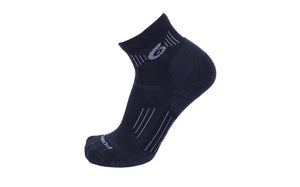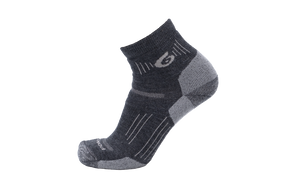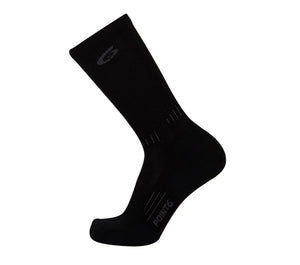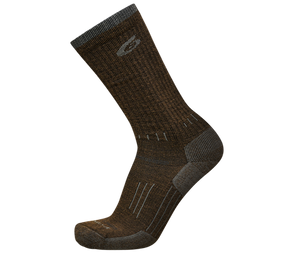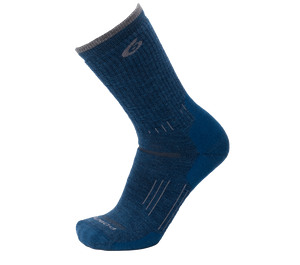Dryland Ski Training: Part 3 – Edges, Carving, Lumbar Range of Motion to Feel the Stoke
- Marty G.

Photo by Linda Guerrette. courtesy of PSIA-AASI.
That skier who is moving with speed, control, and very little perceived effort down the hardest snow? They have likely worked on skill sets like getting on the new outside ski early, edge control, and lumbar mobility.
As Dr. Anne Healzer Garske stated earlier, “When we sit for 8, 10, or 14 hours per day we develop stiffness in our pelvis region to include our hips, and lumbar spine as well as lose the motor connection of our brain to our hips to perform the job of movement.” We forget the how, of movement.
Dr. Healzer went on to explain that “Skiing is a multi-planar movement. So much of what people choose to perform in terms of exercise is primarily in the frontal plane. Running and biking, specifically, will create muscle and joint imbalances as the motion all occurs in one plane.”
As we explained in Dry Land Ski Training: Part 1, no one can accurately tell you what exercises you should be doing. There are trends, but for 100% accuracy and granularity of information, assessment with a skilled practitioner is key. That assessment buys you time. It allows you to hone in on exactly what you need to be executing to reach your goals, and to not waste time. A lack of mobility in the hips however, is a trend that we witness in most skiers.
When should you do these drills? Anytime is better than not doing them. It could be while waiting on a flight, or in between meetings, or binge-watching Netflix on a rainy day, or a rest stop on a road trip. If you are dialed into an existing workout routine, executing these drills first, when glycogen stores are at their highest, is a good strategy. As a ski instructor, Dr. Healzer also notes that, “Think of these drills as aiding motor control or coordination. They will improve movement when performing other more explosive or plyometric motions.” And so we find ourselves back to the point where mastery may not depend on muscular strength, but in efficient movement patterns.
__________________________________________________________________________
Sidelying Thoracic Lumbar Rotation:You probably do this while hanging out and playing with your puppy. That’s OK. It is actually a powerful tool for increasing lumbar mobility.
Movement:

Begin lying on your side with both legs bent at 90 a degree angle, and your arms together straight in front of you on the ground.

Slowly move your top arm away from your other arm, toward the floor on your other side, rotating your trunk at the same time. Try to touch your shoulder blade to the floor while keeping your hips facing straight forward. Bring your arm back and repeat.
Do: 10 reps - 3 sets - 1x daily - 7x weekly
__________________________________________________________________________
Scorpion:The rotation drill above was easy? I love the Scorpion for that very reason.
Movement:

Begin lying on your front with your arms out to your sides and your legs straight.

Bend your knee and slowly lift your right foot up and across toward your left arm. Hold briefly, then return to the starting position and repeat with the other leg. Keep your chest flat to the round, and don’t push this motion. It is powerful.
Do: 10 reps - 3 sets - 1x daily - 7x weekly
__________________________________________________________________________
Anti-Rotation Squatting Sidestepping with Resistance: This is one of those drills that may feel easy, and not gas you. Its benefit is not its physical challenge. Its benefit is that it trains movement of your hips while adding lumbar stability. It is a movement that is training you to move.
Movement:

Begin in a standing upright position holding a bar that is attached to a resistance band or weight stack cable anchored at your side.

Do: 10 reps - 3 sets - 1x daily - 7x weekly.
__________________________________________________________________________

Marty Grabijas is a PSIA Instructor who works at ski areas that provide exceptional guest experiences. His day job, which he is retired from, was as a product developer in the outdoor industry. Off season he is an examiner for whitewater kayaking, rides bikes, and chases high-alpine objectives in Colorado’s Weminuchi Wilderness Area.

Dr. Anne Healzer Garske specializes in orthopaedic manual therapy and is experienced in treating a wide range of musculoskeletal injuries including post surgical cases, complex spine injuries, and injuries related to sport activities. She treats master and professional level athletes.
About PSIA-AASI: More than 32,000 individuals belong to PSIA-AASI (Professional Ski Instructors of America and American Association of Snowboard Instructors), making it the world’s largest organization dedicated to skiing and snowboarding. Simply put: PSIA-AASI gets people stoked on the ski and snowboard experience.


